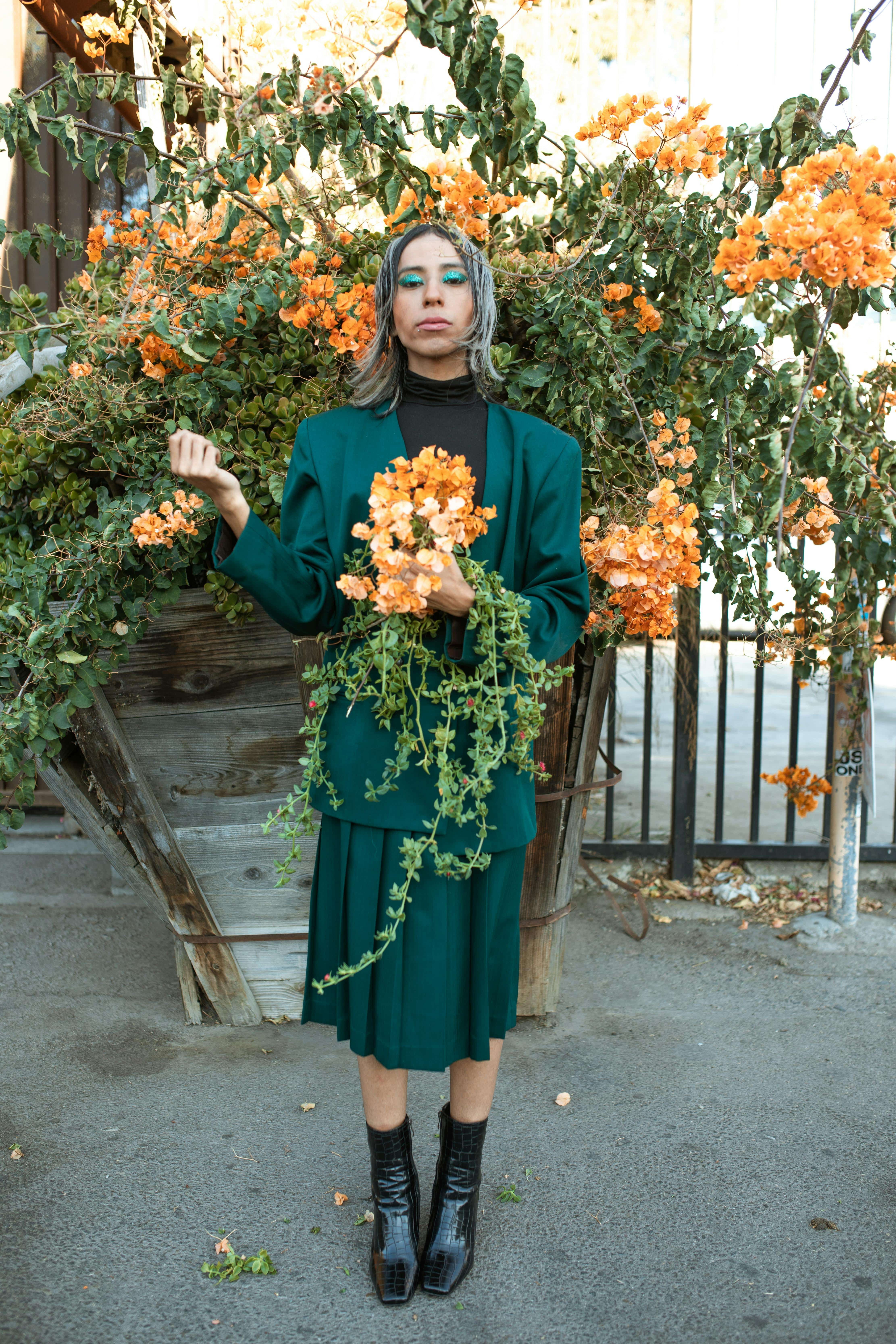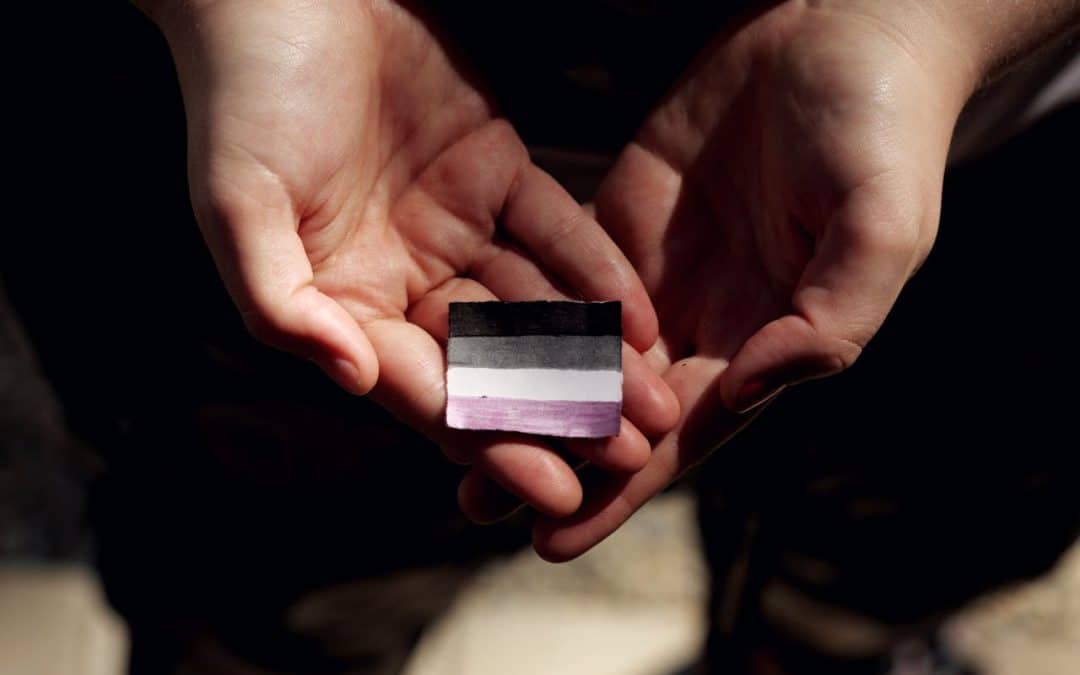,LGBTQIA+ Identities | Asexuality | Pride Month 2024
As we celebrate Pride month this year, I’d like to give some attention to a few identities that often get overlooked: Asexuality, or what we call the Asexual Spectrum (Aspec). This encompasses identities such as Grey-Asexual, Demisexual and Lithosexual. This is not meant to be an exhaustive list, but an introduction to an identity that is often difficult to capture.
Defining Terms
Asexuality is a spectrum, with a variety of different identities that fall along it. Here are a few terms you should know!
Asexuality: A sexual orientation defined by the absence of sexual attraction, or low or absent libido (sex drive).
Demisexual: A person who experiences sexual attraction only after building a relationship.
Lithosexual: An individual who feels romantic or sexual attraction to another, but does not need those feelings to be reciprocated, or want to be in a relationship.
Gray-Asexual: An individual who may lack sexual attraction, but experiences libido; or who only experiences sexual attraction very infrequently.

The asexual spectrum is diverse in terms of identities and experiences
Some asexuals are repulsed by the thought of sex or even others talking about it. Some asexuals are not, and may experience libido themselves, like grey-asexuals or demisexuals. They may be sexually active, or abstinent. Some are able to climax during masturbation but not during intercourse with another person.
Breaking Down The Types of Attraction
There are many different types of attraction — although we commonly use the term to refer to sexual or romantic attraction.
Aesthetic Attraction refers to an appreciation of the appearance or beauty of another person, disconnected from romantic or sexual attraction.
Platonic Attraction is an interest or desire for friendship or other close relationship with a particular person, usually non-romantic or non-sexual. Fun fact, a platonic version of a crush is called a “squish”.
Sensual Attraction is the desire to interact with someone in a physical, non-sexual way, such as though hugging or cuddling.
Romantic Attraction is the desire for romantic interaction or relationship with another person.
Sexual Attraction is the desire for sexual contact, or sexual interest in another person.
Asexual people experience less or no sexual attraction compared to their allosexual (not asexual) counterparts, but may experience some or all of these other types of attraction. Some asexuals also identify as aromantic, meaning that they don’t experience romantic attraction or desire a romantic relationship.

Primary vs. Secondary Sexual Attraction
Sexual attraction can be further broken down into primary and secondary types.
Primary Attraction: This is what we call “lightning strikes sideways” feeling. This attraction is based on aspects of the person we can observe immediately, using our 5 sense (sight, touch, smell, taste, hear). This type of attraction is commonly experienced by allosexual people.
Secondary Attraction: This attraction is based on information that you learn as you get to know someone. For example, learning about their likes and dislikes, or how they feel about certain things. This type of attraction may be experienced by some aspec individuals, such as people who identify as demisexual.
Why do we need to get so specific about defining all these terms anyway?
“That seems too specific and minute,” you might say. And it might be. For some individuals all of the different attractions are one and the same or all show up together, other individuals may experience all but one or only one type of attraction. Attraction can be difficult to capture since it is based on our subjective experience and sensations we feel in our bodies. And there is not a pop up that tells us “this is sexual!” when we feel attraction to a person.
Asexuality is also specifically a sexual orientation, and this may or may not drive an individual’s behavior. There are asexual individuals who are in relationships, sexual or otherwise. There are many values that drive our behaviors and the choices that we make.
Whether or not you label yourself “asexual”, knowing how to talk about these experiences helps us understand and validate ourselves. Being able to talk about our attractions also helps us find compatible partners and communicate our needs.
Is asexuality a trauma response?
Sexual attraction is considered not just normal and healthy, but an expectation for all adults. In fact, our society is built around romantic and sexual partnership as the foundation for families! That means that asexuality is often treated with suspicion, or believed to be pathological. Even within progressive communities, asexual people can be treated as though there is something broken or wrong about their experience.
However, there’s no one path to asexuality. For many of my clients, they discovered their asexuality after a period of exploration. Like other members of the LGBTQ+ community, they’ve often experimented with sex and relationships in a way that never felt quite right. Many times, finally finding a label and a community that fit for them is a relief.

For some people, taking on the label of asexuality after a trauma may help them feel safe in their body again, or understand their waning libido. Others may experience a new absence of sexual attraction or libido due to medical changes or aging. While that change may be distressing to some people, others find that taking on a label of asexual can be validating and empowering.
What’s important is not how or why someone chooses to identify as asexual. What’s important is validating what that label means to you. It doesn’t matter if that identity is lifelong, or continues to evolve over time. In the asexual community, we welcome you for as long as this space feels like home.
About the Author
Justine Fan, PhD (ze/zer) is a psychological associate and online therapist specializing in support for the LGBTQIA+ community. Ze is especially enthusiastic about working with AAPI clients, and people with immigrant heritage, to navigate the intersections between cultural, sexual, and gender identity. Ze is currently offering therapy online for adults age 18+ in California.
Find a LGBTQIA+ Therapist in California
Looking for an LGBTQIA+ affirming space to focus on your mental health? Stella Nova therapists can help you with a range of concerns, from anxiety and depression, to eating disorders and chronic pain, to navigating the relationship stress.
We specialize in working with women and nonbinary professionals, and folks of all genders seeking a feminist, intersectional healing space. Our diverse team of therapists are members of the LGBTQ+ community and/or active allies to queer and trans folks.
To get started, schedule your free, 20-minute phone consultation with our Intake Coordinator today. We’ll chat about what you’re looking for, and match you with the best therapist for your needs and preferences.


